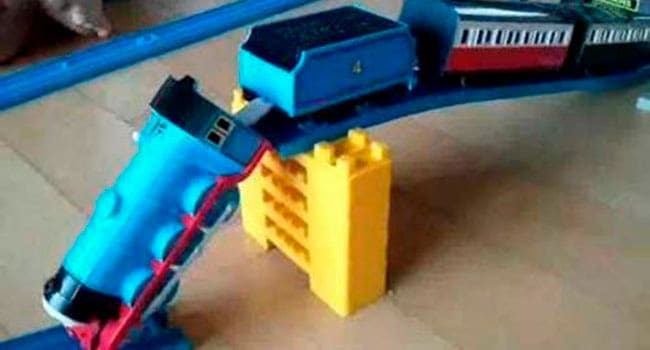By Ben Eisen
and Charles Lammam
The Fraser Institute
None of us can control all the circumstances we face. What we can control is how we respond to challenges. These choices often make the difference between positive and negative outcomes. It’s no different for governments. New governments aren’t responsible for the fiscal problems they inherit. They are, however, responsible for choices they make in office that can help solve those problems or make them worse.
Premier Rachel Notley’s government undoubtedly inherited a very difficult set of circumstances in Alberta. But there’s nothing unusual about a new government taking office only to find a fiscal mess. Canadian history is replete with such examples.
In 1993, Prime Minister Jean Chretien’s government inherited the legacy of nearly three consecutive decades of federal budget deficits and debt that was reaching a crisis point just as the Liberals assumed power.
Around the same time, Bob Rae’s NDP government took office in Ontario in the midst of a nasty recession in the province; economic pain was spreading and a big budget deficit loomed.
When Roy Romanow’s NDP government took power in Saskatchewan (also in the early 1990s), his province faced a genuine fiscal crisis.
And thanks to years of unsustainable spending growth by its Progressive Conservative predecessors and a recent downturn in resource revenues, Notley’s NDP government walked into a $6-billion budget deficit upon entering office.
All these governments were dealt bad fiscal hands. Where they differ is how they played their cards.
While Chretien and Romanow recognized the urgent need to reform and reduce spending, Rae and Notley implemented big spending increases notwithstanding the red ink that drenched their budgets.
Predictably, these approaches produced very different results.
The Chretien government reduced spending and significantly shrank the size of government, swiftly eliminating a large deficit and restoring federal finances to good health for the first time in decades.
Romanow cut program spending by more than 10 per cent and eliminated Saskatchewan’s deficit in just three years, bringing the province back from the brink of insolvency.
But when Rae took power in Ontario, his government increased spending despite big deficits, with predictably disastrous consequences. Provincial net debt soared from 13.4 per cent in 1990-91 to 30.3 per cent in 1995-96. And the province’s finances never fully recovered.
Today in Alberta, Notley is closely following the Rae model. In her first two years in office, marked spending increases swelled the deficit even further, sparking a run up of projected net debt totalling about $10,000 per Albertan by 2019-20 – up from essentially zero in 2015-16.
Clearly, governments that inherit difficult circumstances can choose to deal with them in very different ways. And you can’t predict how well a party will perform by looking solely at their political label.
The Romanow years in Saskatchewan prove that NDP governments can slay deficits and provide sound fiscal management. Chretien’s government proved the same of Liberals, as did Ralph Klein’s Progressive Conservative record in Alberta. Similarly, all major parties in Canada have featured governments with poor records of fiscal management.
Unfortunately, by following the Rae model of spending hikes and rapidly growing debt, the Notley government is exacerbating – not solving – the problems it inherited.
Ben Eisen and Charles Lammam are analysts with the Fraser Institute and co-authors of Rae Days in Alberta: the Notley government at two years.
Ben and Charles are Troy Media Thought Leaders. Why aren’t you?
The views, opinions and positions expressed by columnists and contributors are the author’s alone. They do not inherently or expressly reflect the views, opinions and/or positions of our publication.



